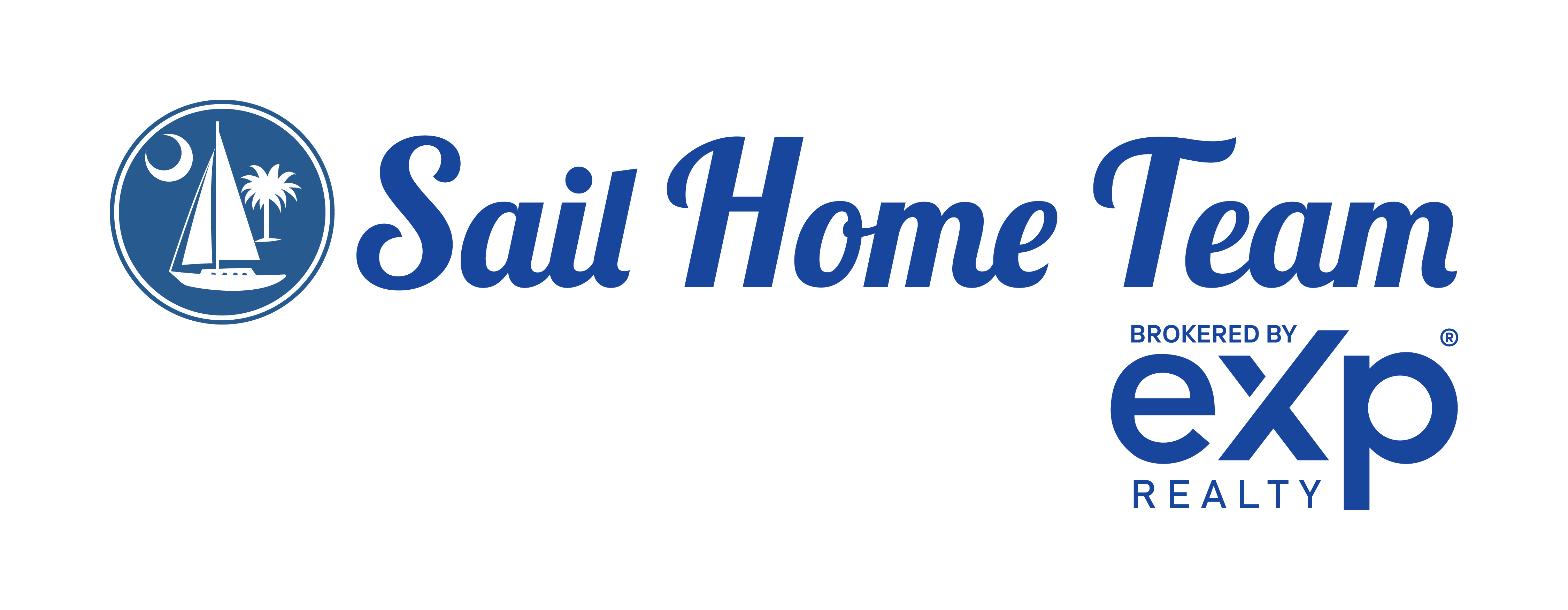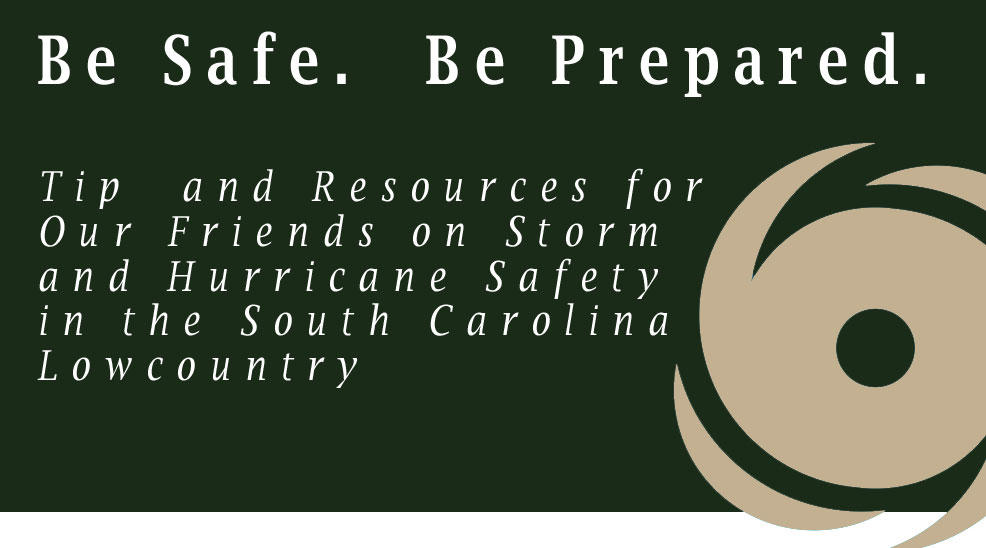

Hilton Head Island, Bluffton, & The Surrounding SC Lowcountry
** Live Storm Updates from Hilton Head **

While the greater Hilton Head and Bluffton Area often avoids the direct impact of hurricanes, it is best to be safe and prepared this hurricane season. Below are a few tips and a vast number of resources for you, your family and friends.
If you are not in town, there are many homeowner and residential service providers that can be called upon to check your home and prepare it for the season. If you need the names of some good people and businesses, let us know and we would be happy to share some that our clients have used in the past.
If you have any questions at all, do not hesitate to contact us. We will help you get the answers you need. Call us at 843-785-8006 or send an email to me at julie@hhireb.com.